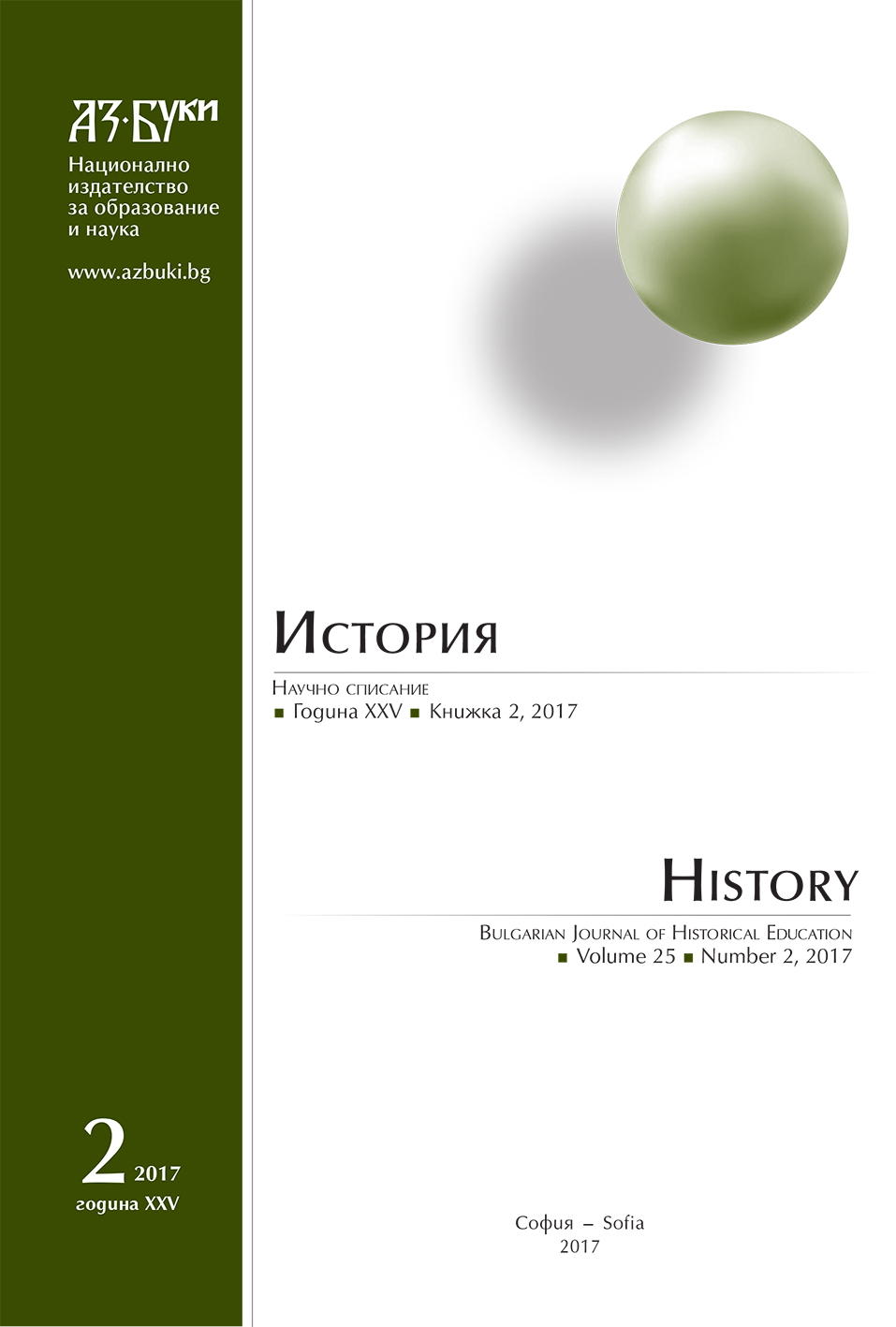
We kindly inform you that, as long as the subject affiliation of our 300.000+ articles is in progress, you might get unsufficient or no results on your third level or second level search. In this case, please broaden your search criteria.

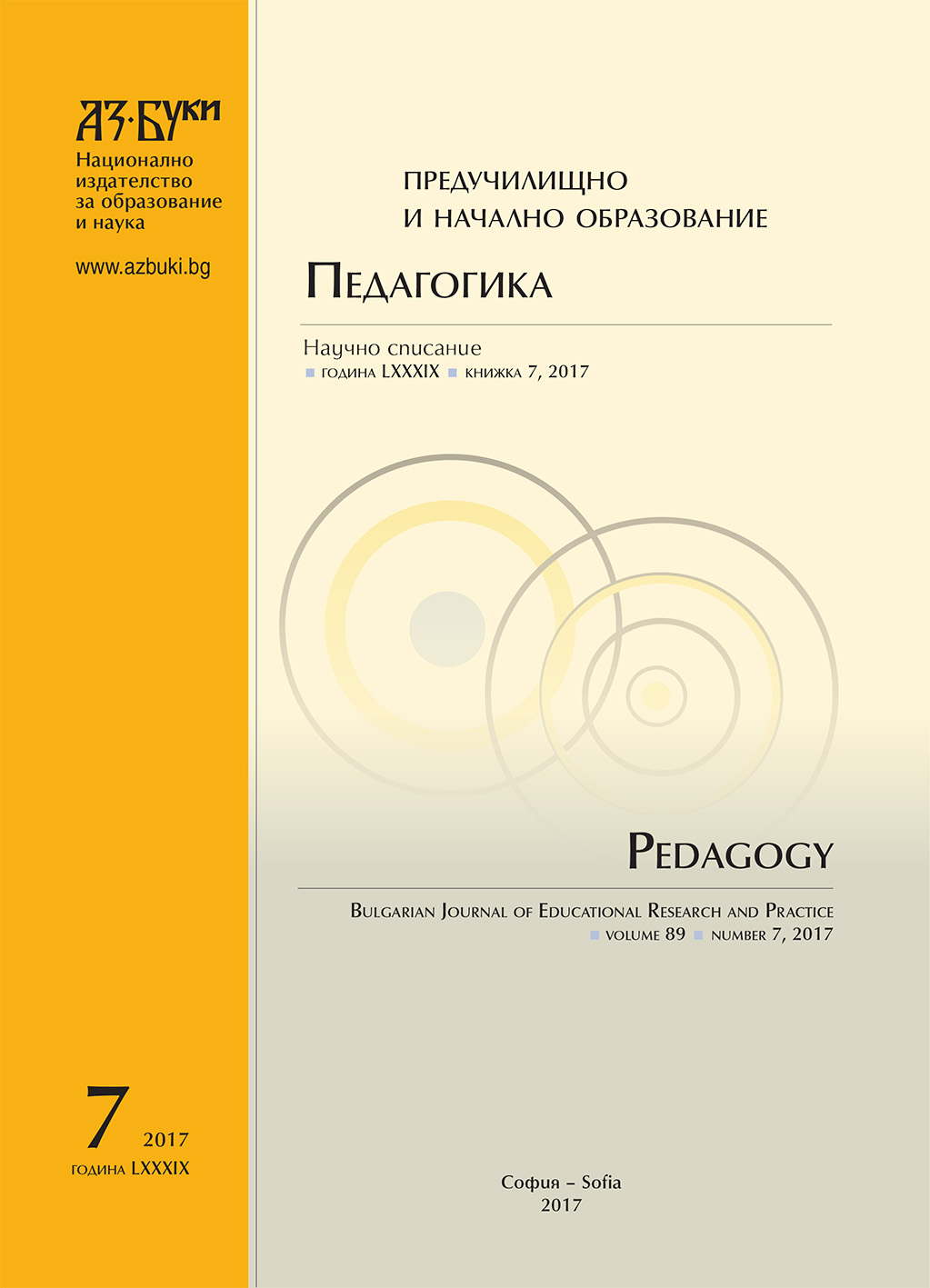
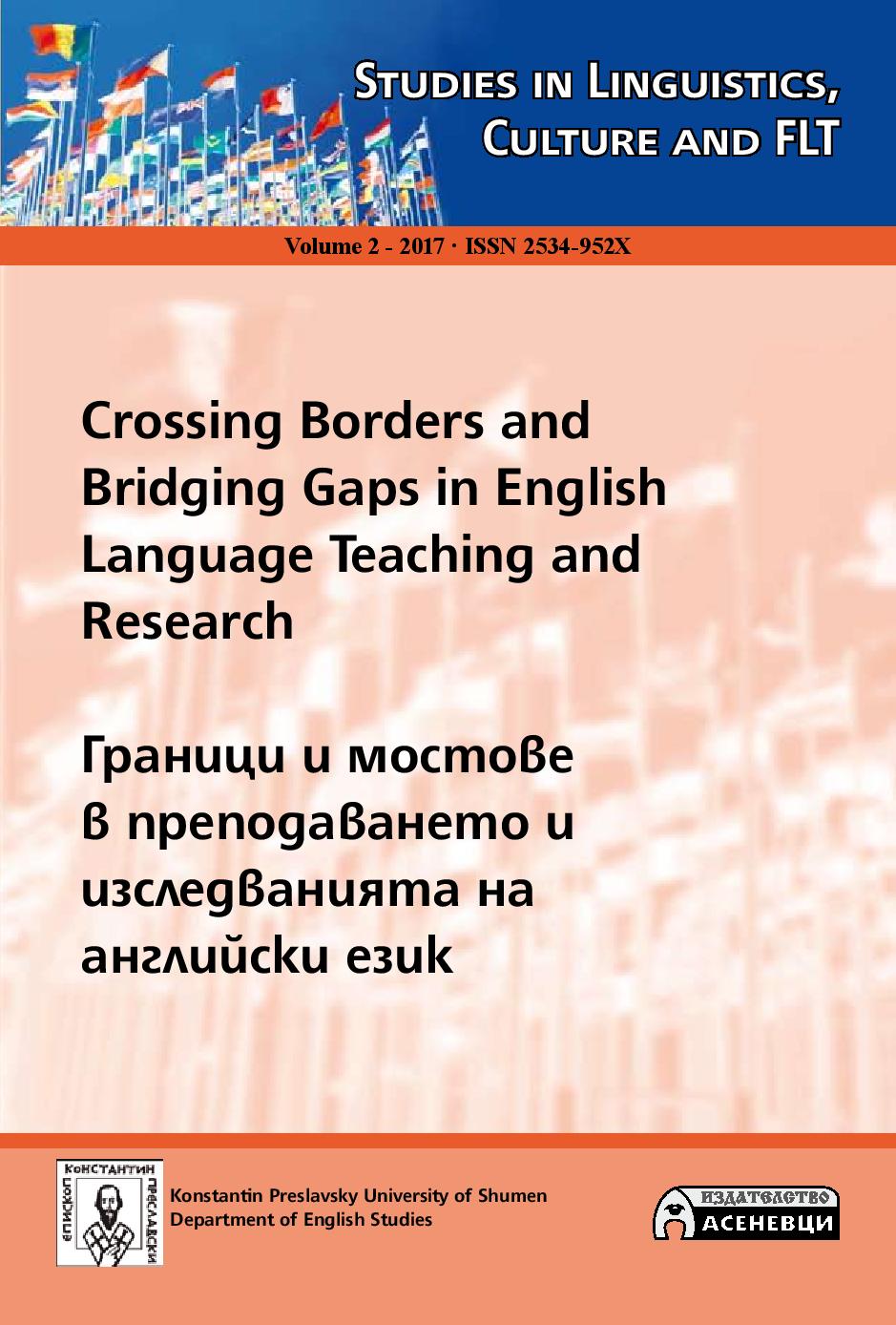
The paper deals with metaphoric transfer of knowledge in English advertising discourse based on two- and cross-domain mappings referring to cultural conceptualizations of the world. On the one hand, text producers’ awareness of social events, as well as of people’s experiences and practices helps them in the construction of advertisements in the most intriguing and sensational way. On the other hand, text receivers are provoked and tempted by the ads deconstruction, though in some cases their unawareness of what is happening or has happened around us or in the world at large may block or hinder comprehension and thus lead to either misunderstanding of the message and their ignorance of it or to their complete indifference to it. The paper deals with all of the above mentioned issues supported by examples of English language ads and commercials. It shows in what ways multimodality related to the use of verbal and non-verbal signs works in them. The results prove the fact that the use of multimodal metaphors, especially in the non-verbal component, is supposed to trigger more emotions and feelings than the mere representation of the advertised items.
More...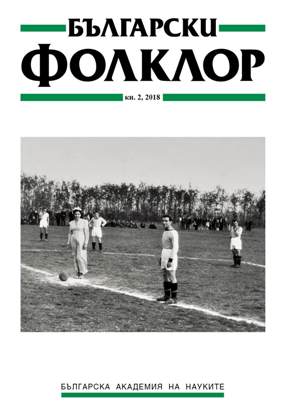
The article studies the visual and verbal communication and their interaction in political cartoons. It analyses the indispensable means of expression the cartoonist uses to convey his/her message such as visual metaphors and metonymies. Visual metaphors and metonymies are analysed from the point of view of Conceptual Metaphor and Metonymy Theory. The author studies the implications arising from the interaction between image, title and text (for the cases when there is title and/or text), as well as the metaphors and implications beyond image, title and text. The main theoretical construct used is the notion of incongruity from the Incongruity Theory of Humour that is extended to verbal and visual metaphor. The notion Logical Mechanism from the General Theory of Verbal Humour is applied in the analysis to (partially) resolve the incongruity/ies. Political cartoons are compared to a joke, a fundamental unit of humour in psychology, cultural anthropology, linguistics, philosophy and sociology. Pictorial representations and text function as contextualization cues to get to the probable cartoonist’s message. The interpretation of political cartoons is open-ended and indeterminate and is dependent on the viewer’s/reader’s general knowledge and his/her familiarity with the genre.
More...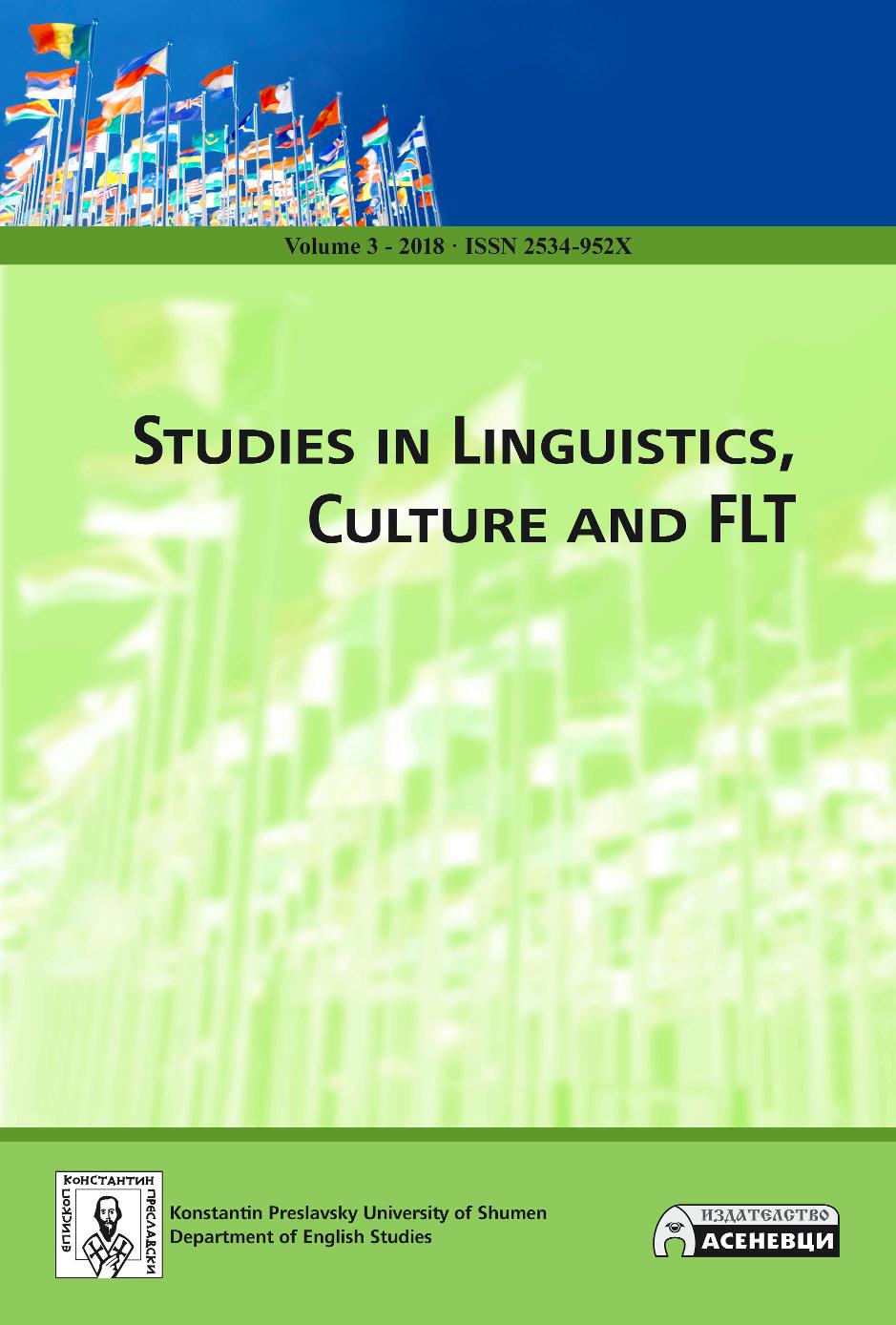
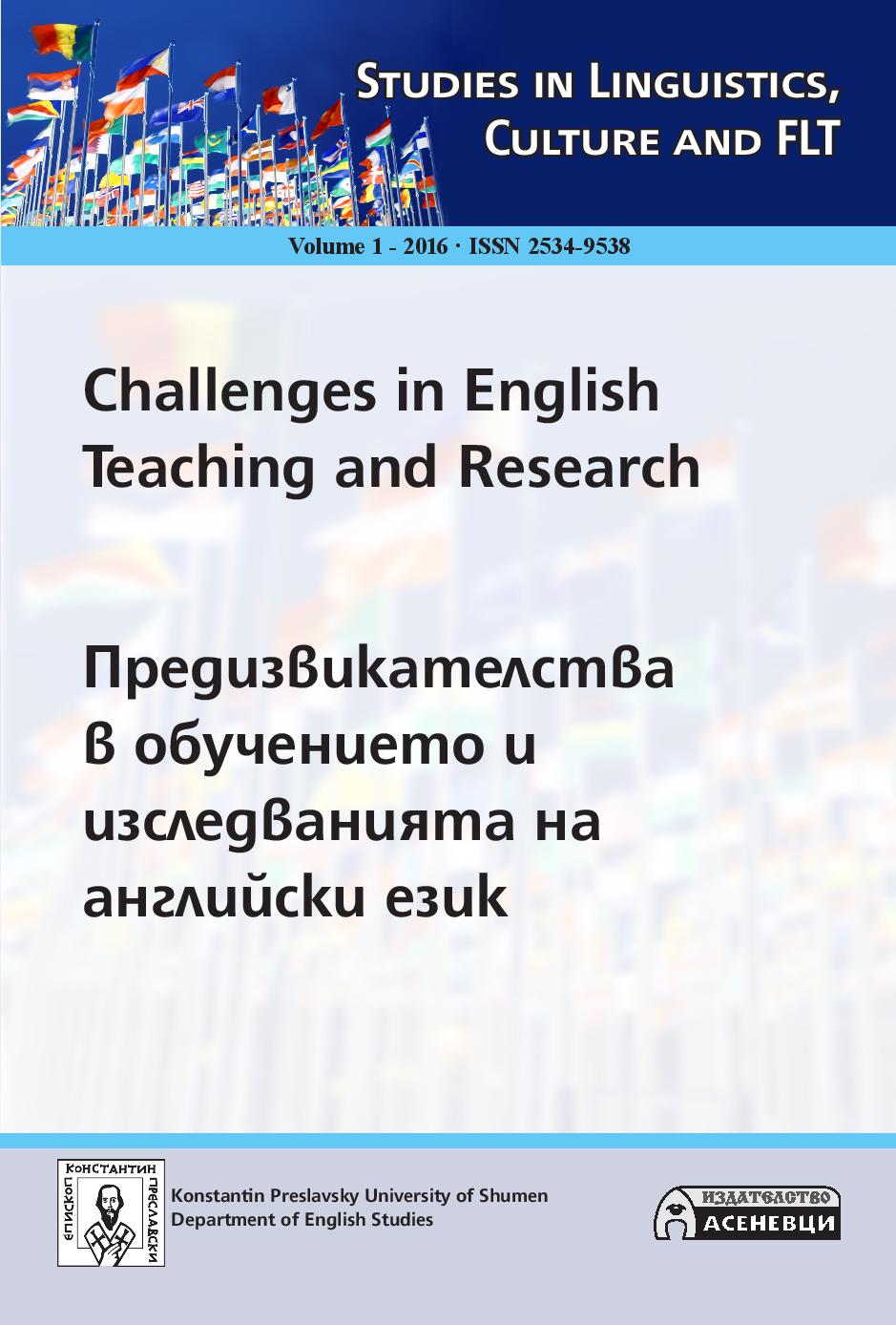
The preface provides an overview of the main topics discussed in the volume dedicated to the Challenges in English teaching and research.
More...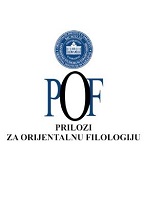
Reviews of: Esad Duraković, "Klasično pjesništvo na arapskom, perzijskom i turskom jeziku. Poetološki pristup", Orijentalni institut u Sarajevu, Posebna izdanja LII, Sarajevo, 2018, 367.; by: Dželila Babović "Katalog arapskih, turskih i bosanskih rukopisa Muzeja Hercegovine Mostar", obradile Dželila Babović, Madžida Mašić, Orijentalni institut u Sarajevu, Muzej Hercegovine Mostar, Sarajevo 2017, 187.; by: Aida Smailbegović Ekrem Čaušević, "Ustroj, sintaksa i semantika infinitnih glagolskih oblika u turskom jeziku", Ibis grafika, Zagreb 2018, 358.; by: Goran Pavelić Marzanna Pomorska, "Russian loanwords in the chulym turkic dialects", Księgarnia Akademicka, Kraków 2017, 266.; by: Ekrem Čaušević Ewa Siemieniec-Gołaś, "Anonymous italian-turkish dictionary from the Marsigli collection in Bologna", Księgarnia Akademicka, Kraków 2015, 172.; by: Ekrem Čaušević "A Crimean Karaim - English Dictionary", Gulayhan Aqtay and Henryk Jankowski. Department of Asian Studies, Faculty of Modern Languages and Literatures, Adam Mickiewicz University in Poznan, Poznan 2015; cca. 10 000 riječi, 493.; by: Goran Pavelić Alena Ćatović, "Tragom priče o šejhu Sanʼānu: Hasan Zijaija Mostarac i njegova pripovijest o šejhu Abdurezzāku", Posebna izdanja L, Orijentalni institut, Sarajevo, 2017, 288.; by: Madžida Mašić M. Fatih Köksal, Sana Benzer Güzel Olmaz, "Divan Şiirinde Nazire", Büyüyen Ay Yayınları, İstanbul, 2018, 190.; by: Madžida Mašić Aladin Husić, "Crna Gora u defteru Dukađinskog sandžaka iz 1570. godine", Posebna izdanja LI, Državni arhiv Crne Gore i Univerzitet u Sarajevu – Orijentalni institut, Cetinje – Sarajevo, 2017, 282.; by: Muamer Hodžić Faruk Taslidža, "Bosanski ejalet u doba Bečkog rata (1683-1699)", Izdanja Federalnog ministarstva obrazovanja i nauke, knj. 12, Mostar 2017, 220.; by: Adis Zilić "Bosna i Hercegovina u spisima Ahmeda Dževdet-paše", prevela s osmanskog i priredila Kerima Filan, Connectum, Sarajevo 2017, 262.; by: Amina Šiljak-Jesenković Hana Younis, "Od dućana do pozorišta: sarajevska trgovačka elita 1851-1878", Historijske monografije, knjiga 15, Institut za historiju, Sarajevo, 2017, 357.; by: Alma Omanović-Veladžić "Katalog osmanskih dokumenata (I)", obradila Azra Gadžo-Kasumović, Gazi Husrev-begova biblioteka u Sarajevu, Sarajevo 2018, 448.; by: Nihad Dostović Agron Islami, Selim Selimi, Hatixhe Ahmeti, "Epitafet në gjuhën Osmane: deshifrimi dhe përkthimi i tyre në regjionin e Prishtinës", Fakulteti i Studimeve Islame, Prishtinë, 2017, 133.; by: Nedim Zahirović Selami Şimşek, "Tasavvuf Edebiyati Terimleri Sözlüğü", Litera yayıncılık, Istanbul 2017, 416.; by: Aida Smailbegović İbrâhîm Hâs Halvetî, "Erenler Kitabi: Tezkiretü’l-Hâs", haz. Mustafa Tatçı, Musa Yıldiz, Yasin Şen, H Yayınları, İstanbul, 2017, 625.; by: Madžida Mašić İsam Tahkikli "Neşir Kilavuzu", haz. Okan Kadir Yılmaz, Türkiye Diyanet Vakfı Yayınları, Ankara, 2018.; by: Madžida Mašić
More...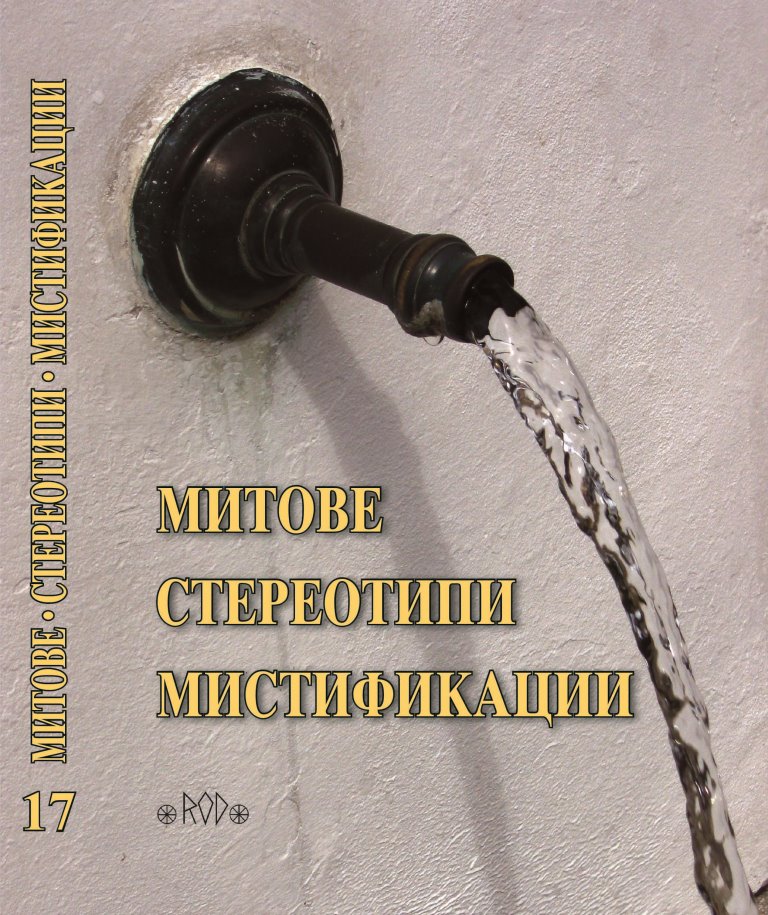
The report highlights the most significant spelling, phonetic and grammatical features of the language used by the renowned leader of the Bulgarian National Revival Ivan Momchilov in the book “Pismenitsa na slavyanskiya yazyk” (“The grammar of Slavonic language”). The report features the most distinctive language structures, which offer the Renaissance writer a wide range of options.
More...
In this article I make a review of the proverbial comparisons from the semantic field “natural elements” and track their connections to the stereotypes in thinking. Stereotypes I define according to E. S. Kubryakova’s “Short dictionary of the cognitive terms”. I want to understand, how in the formation and functioning of the proverbial comparisons is represented folk culture, primarily, ritual and ritual comparison. A lot of in¬formation give us proverbial comparisons, connected with water. As an example here I can state a custom of making kurban near the river, so that the blood of the animal would flow into it. This is made so that the milk of other animals flows like water, to have it a lot (Sofijsko). We can also state the expression “let it go like with water” and the rituals to pour water in front of someone, so that everything goes right (especially in time of the initiation). Also, to clarify this topic I include analyses of the spells, where the analogy between the illness or the symptoms, or the curing process and the outer world is vivid. For example, if someone wants to get rid of the warts, he or she cuts the stick and places them in the river, so that it takes them away together with the warts (Sofijsko, Dolni Lozen).
More...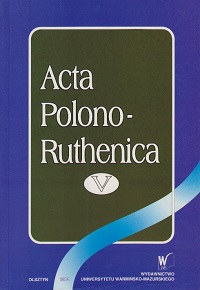
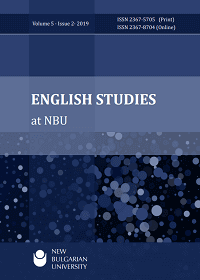
The main purpose of this study is to explore the critical issues that impede an effective implementation of information communication technology (ICT) as related to higher education (HE) in Morocco. An e-readiness survey based on Harvard e-readiness assessment framework is administered in order to check the role of university in getting Morocco e-ready. First, a diagnosis is done at the level of preparedness of Moroccan institutions in networked areas of access, society, economy and policy. The data was collected from the annual reports of Moroccan Telecommunications regulations agency (ANRT), reports from the International Telecommunication Union (ITU), Global Information Technology Report (NRI), quantitative and qualitative surveys from previous research studies, and statistical websites. The findings reveal that Morocco has, apart from networked economy and local digital content, a fairly advanced e-readiness status in other indicators in the model of Harvard Centre of International Development. Ironically, such findings show that it is the Moroccan university that needs to catch up with society.
More...
This research is an attempt to examine the developmental relationship between democracy and the socioeconomic conditions in Bulgaria. The assumption is that one of the factors contributing to the negative attitude towards democracy in Bulgaria is the high level of social inequality. After discussing the relevance of studying democracy and socioeconomic conditions from a developmental perspective, the paper traces the socioeconomic development of Bulgaria from 1989 to date and examines public perceptions of social inequality in the country. The research has not revealed any overall negative public attitude towards democracy in Bulgaria. However, the findings have demonstrated a clear tendency for the public support for democracy to decline reflecting the growth of social inequality.
More...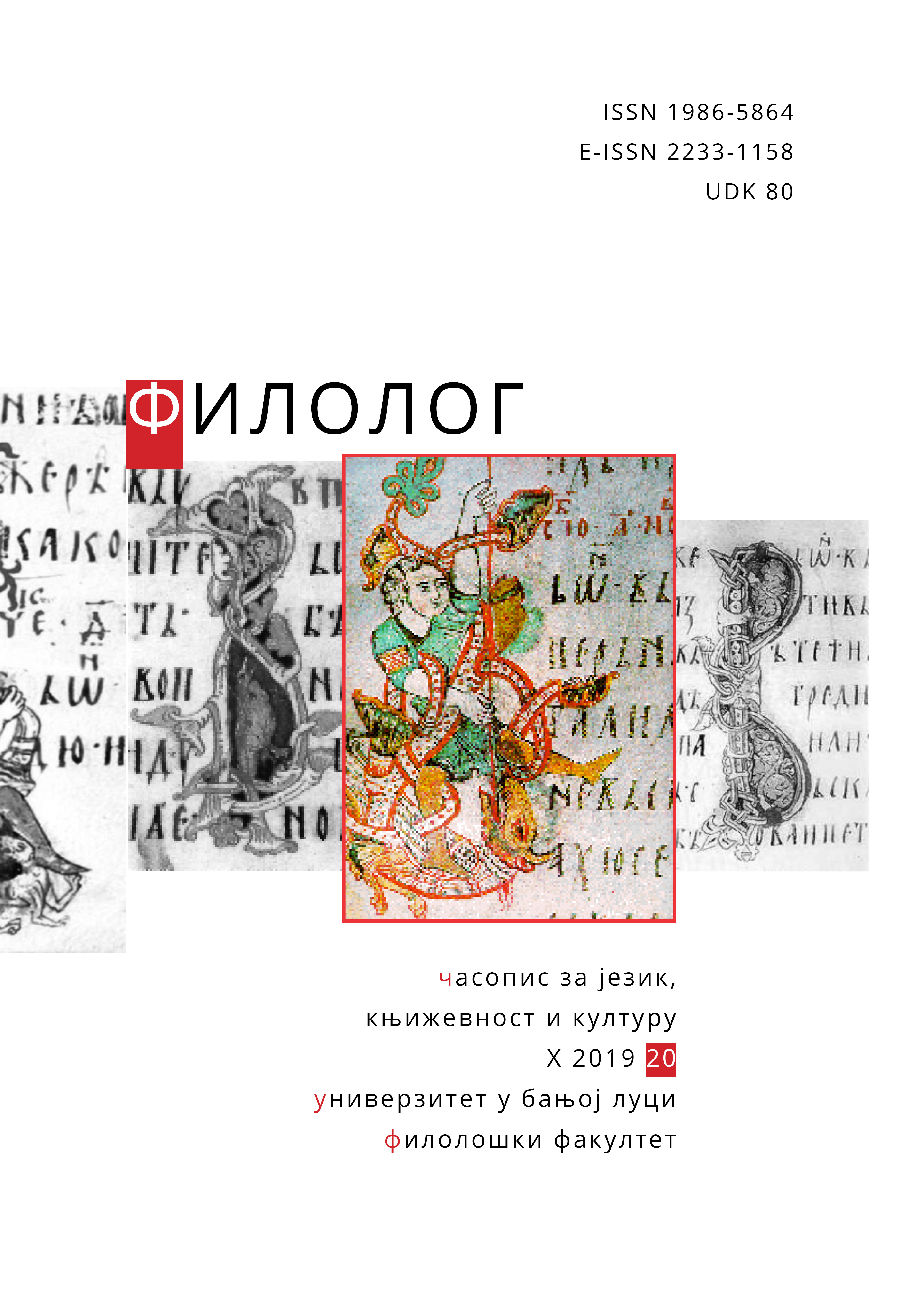
This article is based on the analysis of semantic, syntactic and stylistic characteristics of synecdoche in Ivo Andrić’s novel The Bridge on the Drina, in Serbian and its translation into French. This is a lexeme-based study where parts of the body are used to represent the whole through the synecdochic process, sometimes metonymic. The aim of this article is to prove that by using a part of the body (with a precise motivation) the author refers to its whole, which leads to a wider view of reality. The obtained results from the contrastive and descriptive analysis have to demonstrate that synecdoche is an independent figure of speech, that the mechanisms of its formation are similar in these languages, but opposed to the metonymic processes, and that the change of the synecdoche form in the context of translation influences the stylistic effect of the text.
More...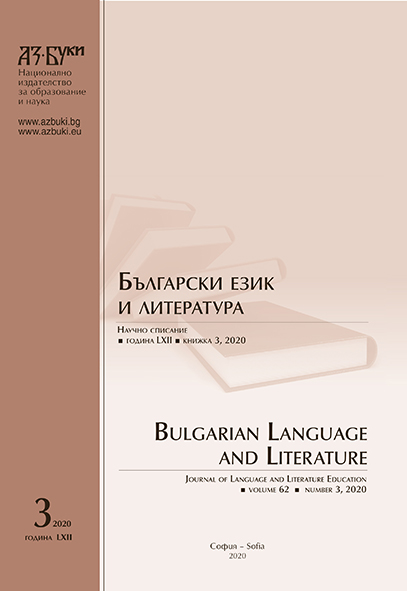
In the present paper, we set our goal to analyze the usage of dialectics in “Glory of the Empire” of Jean D’Ormesson as a weapon against the very idea of Platonic and Hegelian dialectics. Our main thesis is that D’Ormesson projects the dialectics in a formal logical space, which creates artificial contradictions and inconsistencies, which are object to his satire. This is the reason some parts of his critique towards historiography and religion to be inconsistent themselves.
More...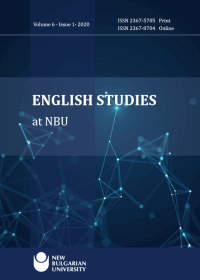
This paper presents a study of the system of lexical devices used by English speakers to verbalize theirpersonal memory experiences. The approach presented in the paper presupposes inclusion of nonnarrativestructures into the spectrum of language forms conveying mnemonic meanings and extends thelatter so as to encompass the meanings of encoding, storage, retrieval and loss. The research is based onthe hypothesis that lexical units expressing memory-related meanings in English constitute a specificallyorganized system. A variety of communicative contexts representing mnemonic situations are analyzed asto d evelop a t ypology o f m emory v erbalizers i n E nglish, estimate t heir f unctional p otential a nd role i nobjectifying personal memory experiences on the lexical level. The results confirm the original hypothesisand suggest that mnemonic lexicon as a linguistic reflection of the mnemonic faculty is an important andlargely understudied element of the language – memory system.
More...
The paper examines the poetic transformation of spatial expressions in the poetry collection Drowned Souls by Vladislav Petković Dis. The basis for the analysis was the structuralist point of view that a poetry collection is a unique artistic sign of which spatial expressions represent an integral part. We assumed that the choice and the modification of spatial expressions are determined by the specific perception of space, influenced both by the poetics of the epoch (the view that life is a fall, present in the Serbian poetry before World War I) and the view of life held by the poet himself.
More...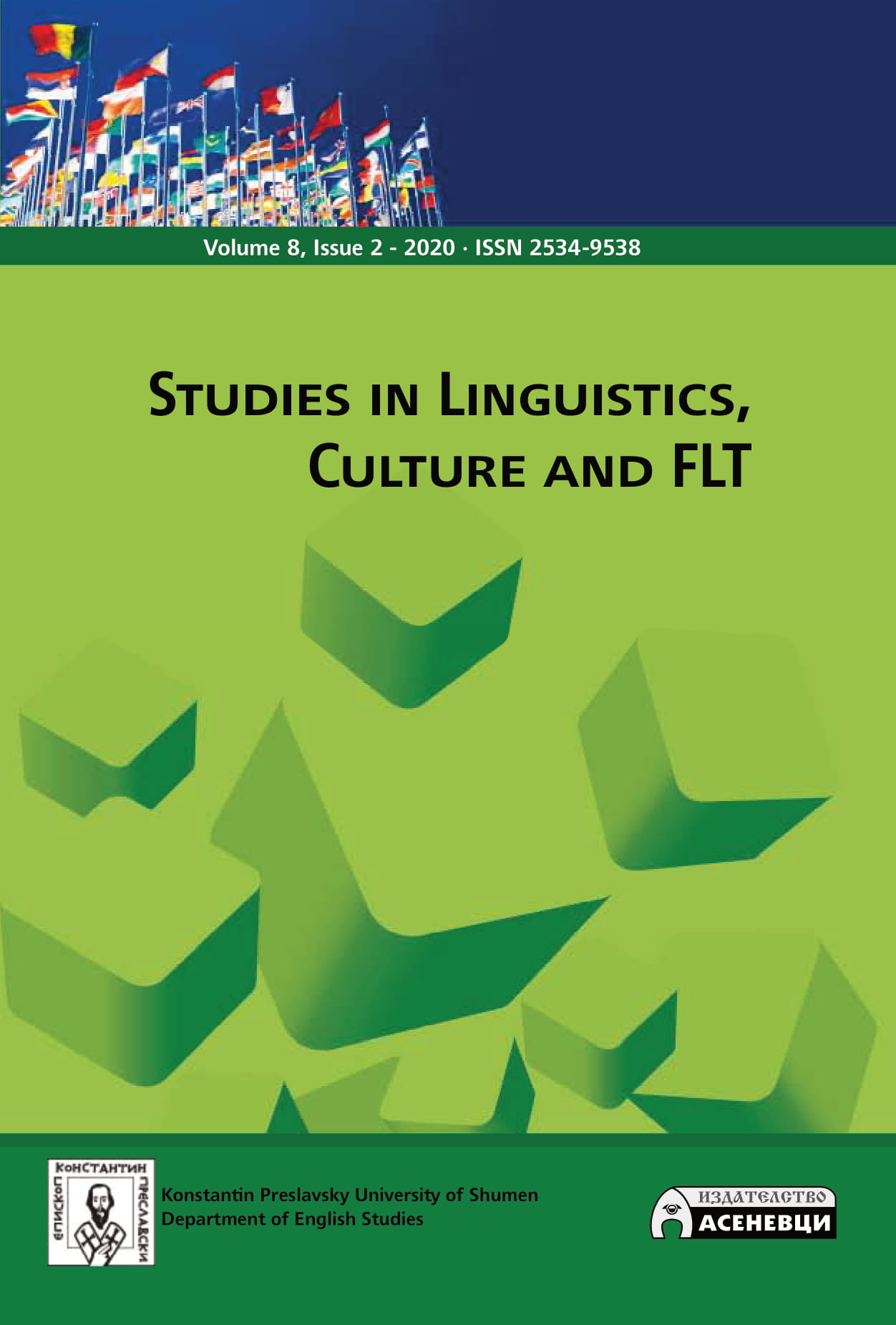
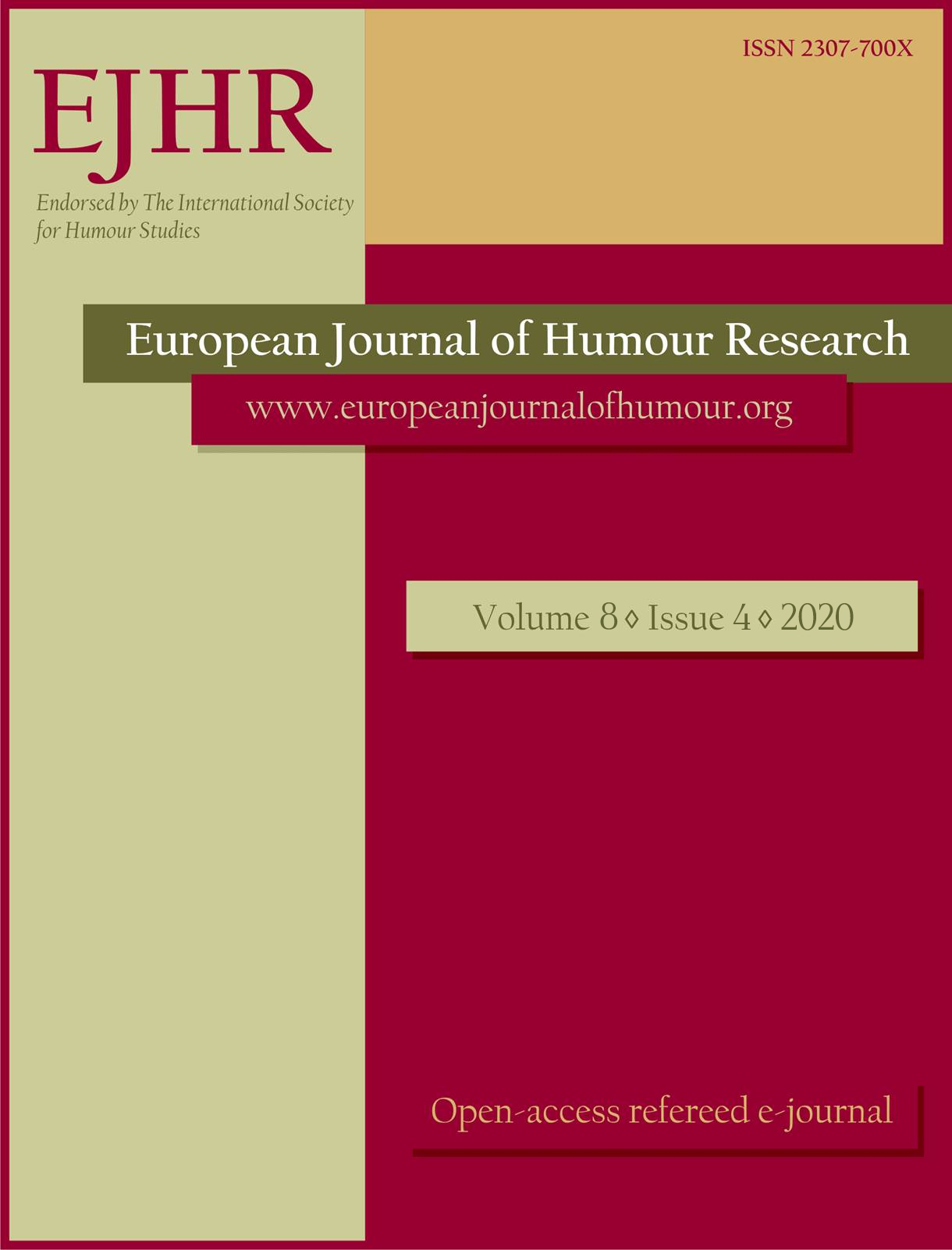
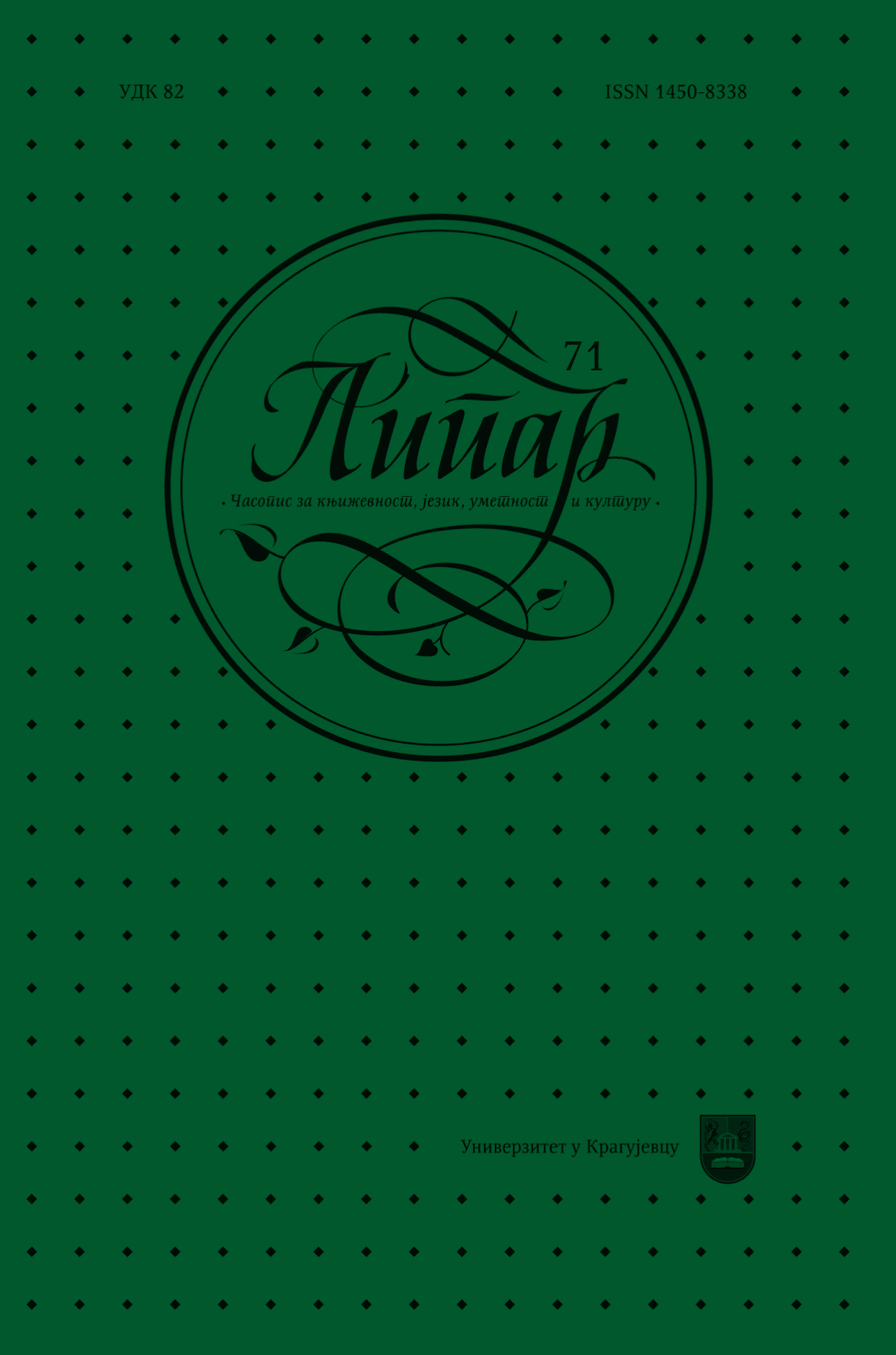
Considerando que la enseñanza moderna de lenguas extranjeras presupone que la lengua y la cultura forman una unidad única e inseparable, es necesario que los alumnos desarrollen una opinión positiva hacia la cultura cuya lengua aprenden. No obstante, son numerosas las investigaciones que confirman la existencia de varios estereotipos a la hora de aprender lenguas extranjeras, y que los mismos de cierta manera moldean el proceso de aprendizaje de la lengua misma. Teniendo en cuenta que los mencionados estereotipos pueden aparecer en dos formas, como positivos y como negativos, su influencia en el aprendizaje de las lenguas extranjeres puede tener un doble efecto. A este respecto, es importante la relación que existe entre los estereotipos y la motivación, porque partimos de la hipótesis de que los estereotipos positivos pueden motivar el proceso de aprendizaje de la lengua extranjera, mientras que, por otra parte, los estereotipos negativos pueden ser un motivo de desinterés para los alumnos, y por lo tanto para su éxito. Asimismo, no hay que descuidar la competencia intercultural cuyo desarrollo depende en gran medida del grado de la existencia de los estereotipos entre los alumnos y los estudiantes. Este trabajo tratará la influencia de los estereotipos en el aprendizaje de la lengua española. El objetivo principal es señalar la importancia del estudio de la dicha problemática a través de la revisión de algunos trabajos e investigaciones más relevantes, es decir comprobar en qué medida los estereotipos influyen en el aprendizaje de la lengua española, al igual que señalar las implicaciones pedagógicas que ellos traen consigo. Las investi- gaciones muestran resultados similares en cuanto a la presencia de los estereotipos entre los estudiantes y los alumnos que aprenden español como lengua extranjera. Aparecen tanto los negativos como los positivos, aunque los segundos emergen en mayor medida, lo que está a favor del aprendizaje de la lengua española, así como a favor del crecimento de motivación y desarrollo de la competencia intercultural.
More...